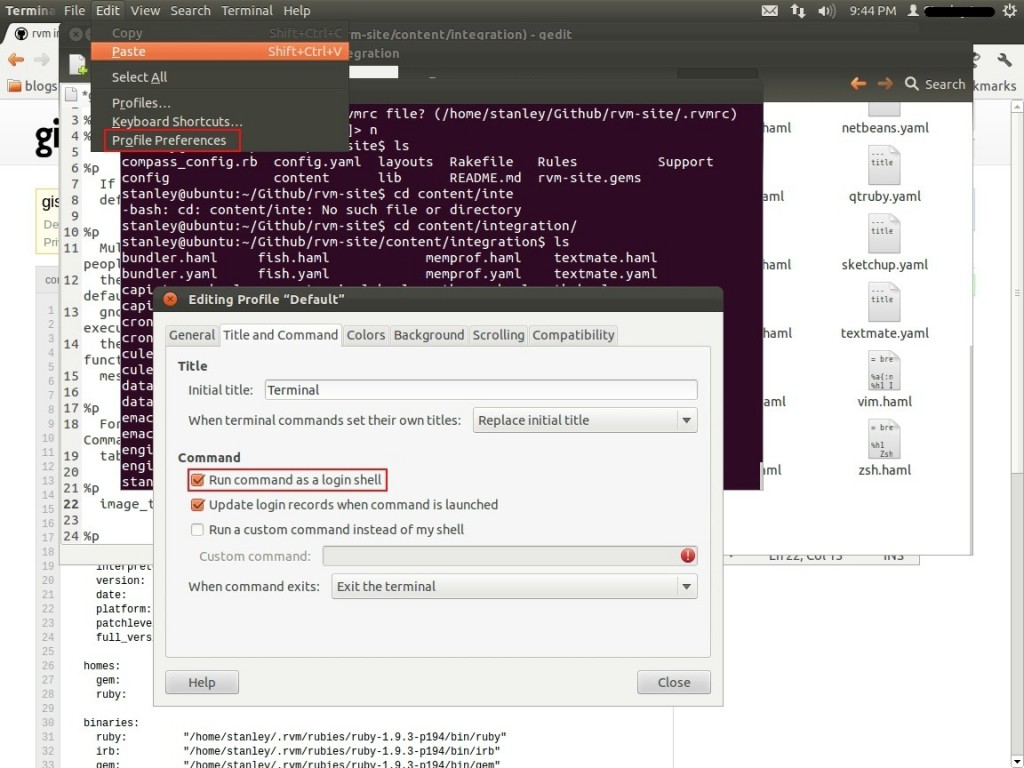
The idea is that: as equivalent to LAMP (Linux/Apache/Mysql/Php) architecture, in Ruby world we could have
PRUN architecture: Postgresql + Ruby + Ubuntu + Nginx.
Name: ‘Prun’ means ‘Plum’ in Romanian language.
I have used Docker to create a container with:
- Ubuntu 14.04 trusty
- Postgres 9.3
- Ruby 2.1.2
- Nginx 1.4.6
Also based on OpenSSH to connect, Chef to manage Rails apps configurations and Supervisor to maintain daemons at the container.
The repo is published on https://github.com/jlebrijo/prun and you can see the image at Docker hub https://registry.hub.docker.com/u/jlebrijo/prun/
The basic operation should be (details in the next post):
- Install with Docker: docker run -d -p 2222:22 -i jlebrijo/prun
- Manage configuration with Chef: knife solo cook root@lebrijo.com -p 2222
- Deploy with Capistrano: cap production deploy
That easy!!

